Generative AI is ushering in a new era of efficiency in programmatic advertising.
AI is automating a lot of the manual work. With the integration of AI tools, ad buying, selling, placement, and targeting have become more efficient and effective, thanks to the precision of data-driven analysis.
This article reviews how AI is used in programmatic advertising, six key trends, and what the future of AI will look like in the programmatic space.
AI in Programmatic Advertising Today
Programmatic advertising automates ad buying and selling, while AI and machine learning lead to a more efficient process and higher success rates. With AI, advertisers can reach their desired audience more accurately, improving outcomes for both advertisers and publishers.
Here are a few ways machine learning and AI are currently impacting programmatic advertising:
1. Automated Bidding Algorithms
AI tools optimize bidding strategies in real-time across online ad exchanges. They analyze audiences, ad creatives, and placements to determine the best bids.
Click-through-rate (CTR) prediction models determine the probability of users clicking on different ads. Ad ranks are adjusted automatically based on predicted CTR and past performance to reflect relevance. Higher-ranking ads receive more views, leading to continuous performance improvements.
Demand-side platforms (DSPs) like Microsoft’s Xandr use sophisticated AI algorithms to enhance real-time bidding. Xandr integrates data analytics to understand audience behavior patterns, focusing on winning bids and cost-effective ad placement.
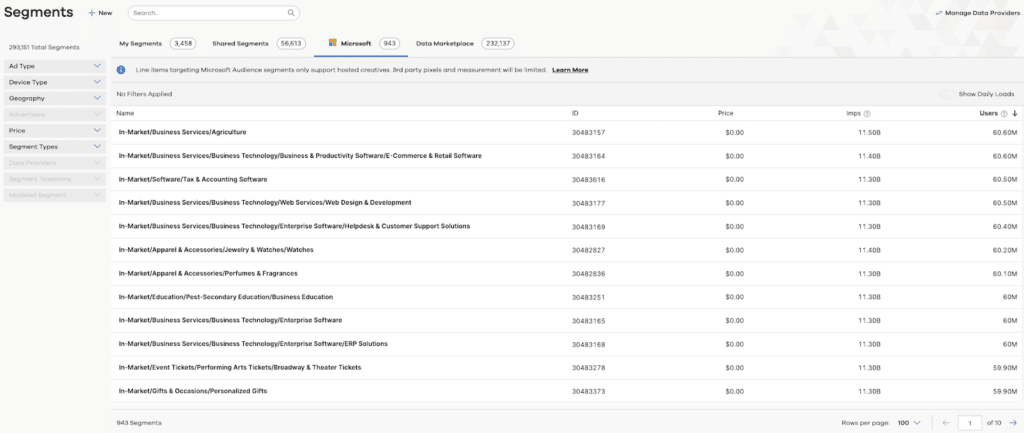
2. Audience Targeting & Personalization
With machine learning, ad platforms can build detailed user profiles and serve ads based on browsing history, past purchases, demographics, and more.
One key application of this is using propensity models to analyze user data to predict the likelihood of specific actions. Ad bids adjust automatically to target and reach users more likely to engage with the product or service.
Example: An online bookstore could use an ad platform to identify users who recently searched for thriller books. Using propensity modeling, the system predicts which users will likely engage with a new thriller novel, automatically adjusting bids to target these high-potential users, ensuring ads reach the most interested audience.
Platforms like KORTX’s Axon Audience Manager, which is complimentary for clients, exemplify the advancements in audience management.
Axon constructs detailed user IDs and audience segments using First-Party data, allowing advertisers to tailor their marketing strategies to specific segments. This customization leads to campaigns that are not only more personalized but more likely to yield successful outcomes.

3. Fraud Detection
AI examines ad data to block suspicious IPs and patterns, preventing budgetary waste on non-productive traffic like bot clicks and ad fraud.
If an AI system notices that a large volume of clicks is coming from a single IP address in a short time, it can flag this as potential bot activity. AI can also generate alerts if clicks don’t lead to meaningful engagement or conversions, which is uncommon for genuine user interaction.
Machine learning is used across a variety of sectors to detect fraud. For example, Integral Ad Science (IAS) provides AI-driven solutions to prevent ad fraud.
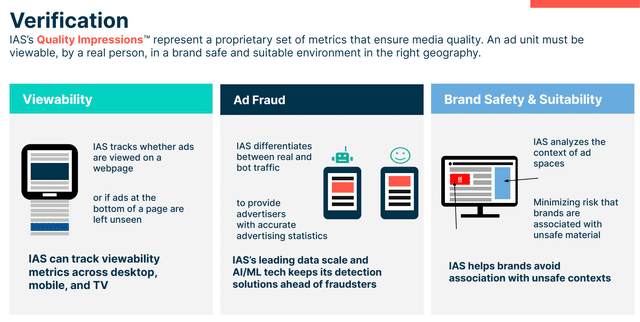
AI learns and evolves over time. As it is exposed to more data, it becomes more adept at identifying subtle and complex fraud patterns, which might be missed by manual monitoring.
4. Ad Creative Generation
Models like Midjourney, DALL-E, and Stable Diffusion will allow advertisers to generate new advertising creative copy and assets almost instantly. Advertisers can describe the desired creative output through text prompts, and the AI model will create the asset.
However, advertisers will still need to add copy or branding elements manually. While AI models can create visually compelling backgrounds, scenes, and abstract designs, they struggle to produce legible text within those images.
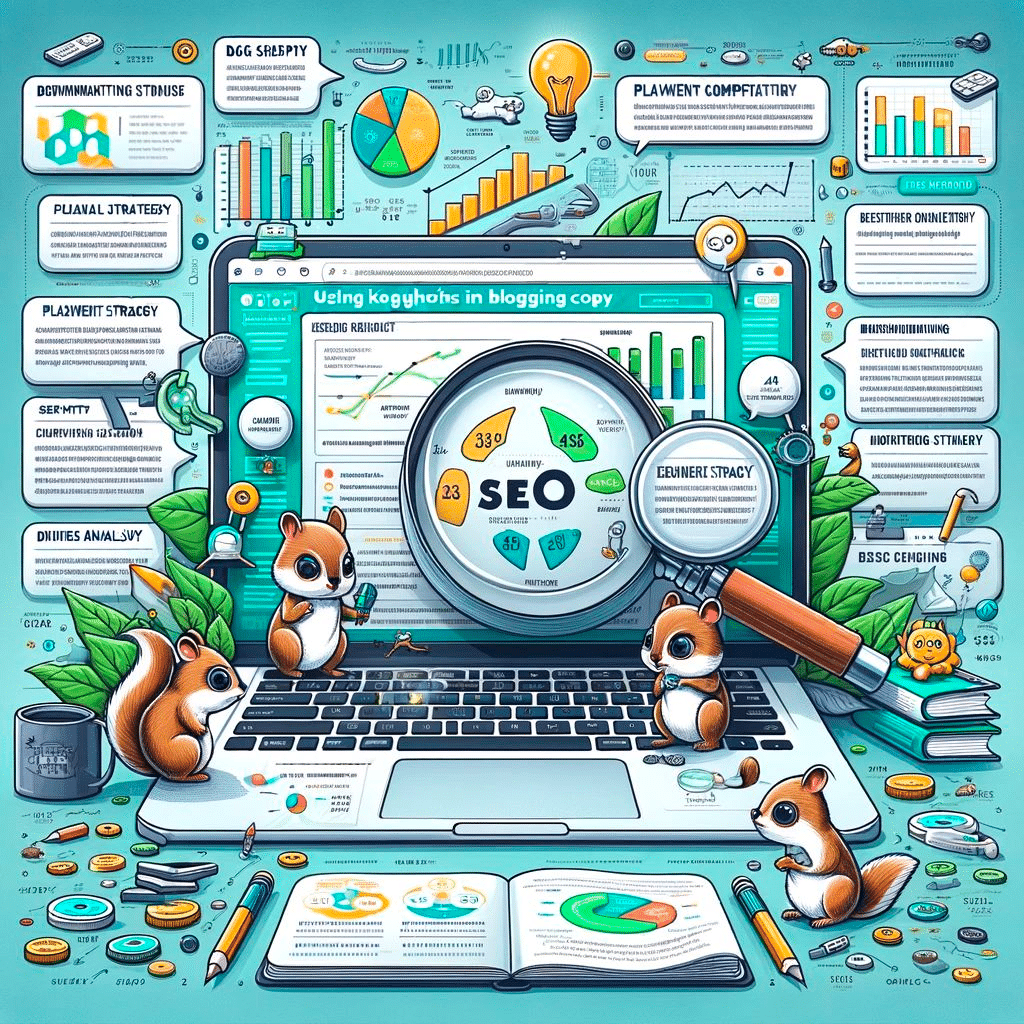
An example of an SEO infographic we tried to create. AI creative generators are still limited in their ability to generate images.
5. Ad Creative Optimization
Besides generation, algorithms use multi-armed bandit testing (a type of A/B testing) to rapidly experiment with different ad visuals, copy, and formats to find the best creative option.
Google Ads allows users to create multiple variations of their ads, including different headlines, descriptions, and display URLs. Then, it automatically rotates these variations and collects performance data.
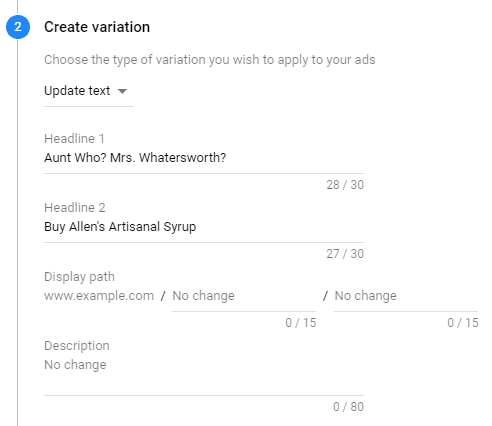
This leads to iterative conversion improvement, as the most effective ads receive the highest engagement and conversion rates over time.
6. Copywriting & Optimization
Large Language Models (LLM) such as ChatGPT-4 can generate advertising copy tailored to products, services, target audiences, and campaign objectives.
Chat GPT-4’s key strength is its ability to refine and adjust the copy based on specific inputs and feedback. If the initial ad copy underperforms, it can adjust language, tone, or style to resonate better with the target audience.
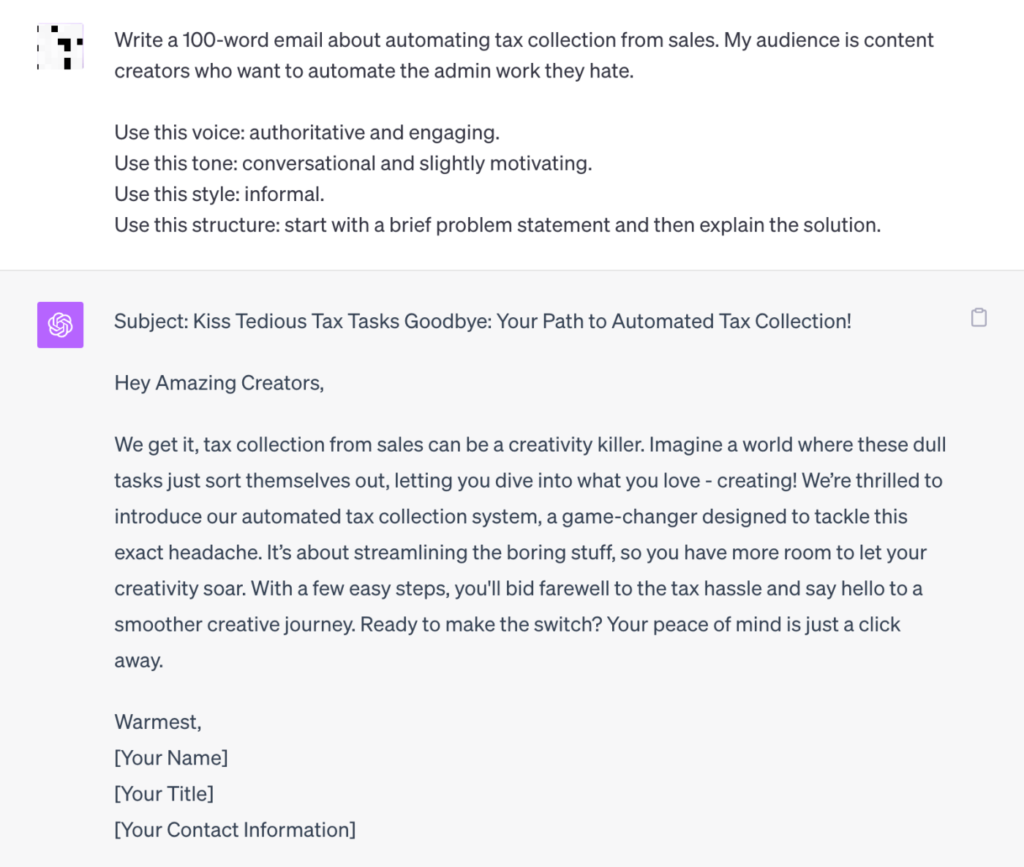
How does your agency use AI in content production?
“We’re using AI to produce and augment our content work quickly. We use it for research, ideation, adding or shrinking paragraphs, outlining, drafting, and graphics. It’s been an incredible tool for us and our clients, allowing us to cut our costs and increase output.
can do more with 2-3 people than with 5-6 just a year ago. There’s no substitute for high-quality, human-generated content, but AI proves that not all content needs the same level of effort.”

7. Marketing Mix Modeling (MMM)
Utilizing advanced models, Marketing Mix Modeling, also called Media Mix Modeling, MMM can ingest and analyze vast amounts of historical advertising data, providing deep insights into how budgets should be allocated across various channels, geographical locations, and other key dimensions.
📚 Related article: Media (Marketing) Mix Modeling: What It Is & How It Maximizes ROI: Discover how to make the most of your advertising budget & only spend on the channels that work best.
Beyond analyzing past data, MMM simulates future scenarios. Businesses can test different advertising strategies in a virtual environment before implementing them in the real world, reducing the risk of costly missteps.
Example: A clothing retailer could virtually test advertising strategies for a new winter apparel line, like adjusting social media and print ad spending based on regional climate.
MMM tools like Robyn, Uber’s Orbit, or Google’s Lightweight MMM use machine learning to quickly process and analyze complex data sets, providing insights for smarter budget allocation.
At KORTX, we can run multiple scenario analyses simultaneously, enabling clients to understand the potential impact of various strategic decisions. We collect different data types, including First-Party data from your audience.
We enhance the model’s accuracy by incorporating a wide range of explanatory variables that affect sales, such as media data (advertising channels), non-media marketing data (pricing, promotions, product distribution), and external factors (seasonality, holidays, weather, economy).
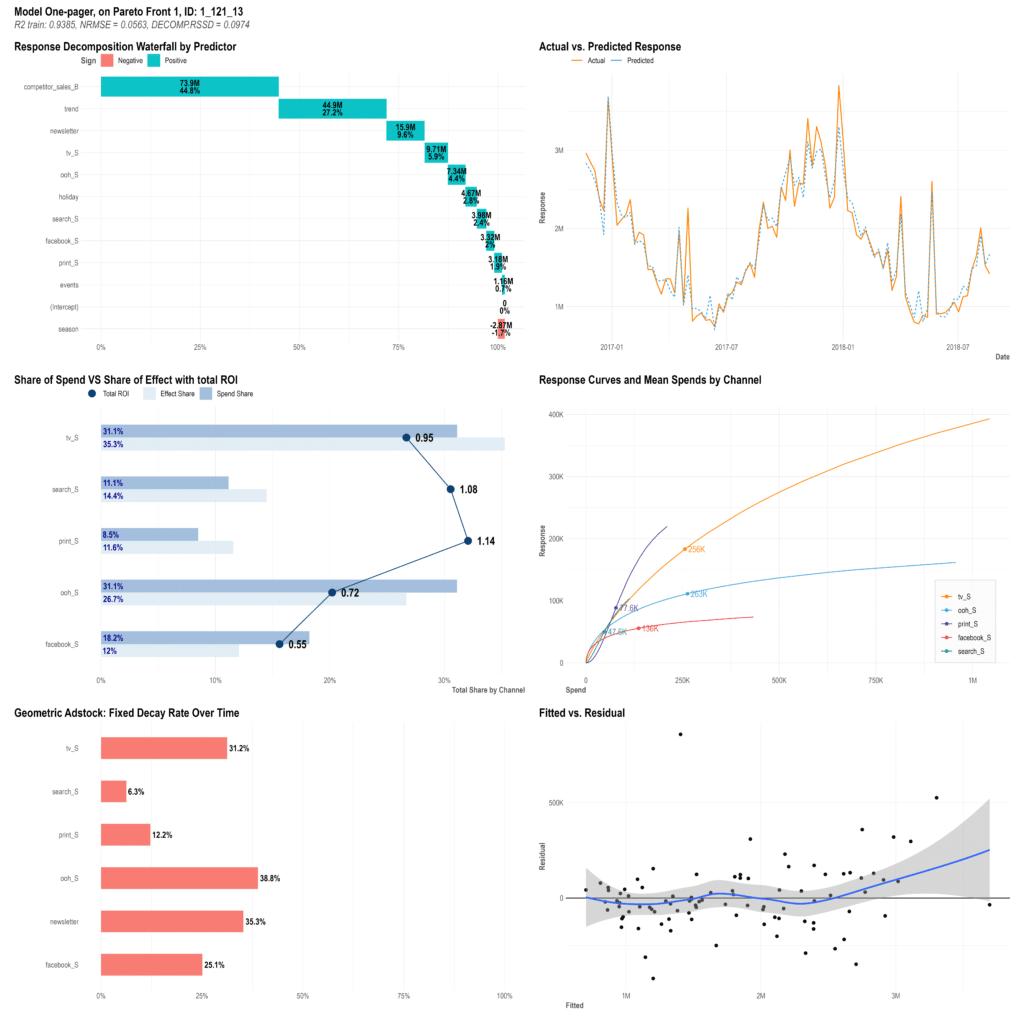
Data maturity is essential for Marketing Mix Modeling (MMM). Marketing Mix Modeling requires gathering extensive data and the ability to analyze it for valuable insights.
📚 Is your company data mature?
Find out in our guide, The Data Maturity Model: Master Your Data in 5 Easy Stages.
The Future of AI in Programmatic Advertising
AI is transforming programmatic advertising, enhancing efficiencies and personalization in digital campaigns.
Let’s review how AI will continue to grow in programmatic advertising.
1. Predictive Creative Optimization (PCO) with Machine Learning
Advanced machine learning models will become better at guessing which ads work best, making it easier to pick the ones most likely to succeed.
PCO machine learning models will continuously learn from new data, adapting to changing market trends and consumer behaviors. Ad creatives will remain relevant to target audiences even as market dynamics evolve.
2. Cross-channel Automated Optimization
Sophisticated algorithms will likely improve ad performance across channels, including social media, search engines, programmatic networks, and walled-garden platforms.
In this scenario, algorithms can work together across different channels, not just separately. For example, insights from social media ads can help improve search engine marketing and vice versa.
This includes user experience, as well. Consistency in messaging, branding, and user engagement across channels will remain the key to building a strong brand identity and customer journey.
Where is the future of AI in programmatic advertising headed?
“I expect AI to significantly boost ROI in programmatic advertising because it can analyze large targeting data sets, optimize on the fly, and reduce fraud, all without paying staffers. It will also be interesting to see how AI percolates into strategic planning and generating creative, in terms of ad copy, images, and landing pages.
Advertisers with large budgets will have a huge “ad”vantage because they’ll be able to leverage AI’s ability to conduct far more tests than humans can, and each test will need enough budget and impressions/clicks to produce a valid result. We’re bullish on AI in programmatic, as it should benefit both advertisers and ad viewers.”

3. Differential Privacy in Ad Targeting
The industry is still adapting to increasing privacy concerns and regulations by adopting strategies that protect user privacy while effectively targeting ads.
Key aspects of this shift include:
- Data anonymization: Changing or removing personal details from data sets. Advertisers can understand audience trends without accessing sensitive personal information.
- Synthetic data generation: Creating artificial data sets that mimic real user data. Advertisers can test ads without using actual personal data.
These approaches balance precise ad targeting with user privacy concerns, allowing advertisers to reach their intended audience without compromising private customer information.
4. Outcome-Based Audience Filtering
Instead of targeting broad demographic groups, programmatic advertisers will focus on defining real-world objectives, such as the quality of leads generated, rather than just reaching broad demographic groups.
With machine learning models, advertisers engage audience personas that best align with overall objectives.
5. Maximizing First-Party Data
As reliance on Third-Party cookies and IDs wanes, brands will increasingly focus on using their own data sources, such as CRM (Customer Relationship Manager) data, loyalty programs, and owned media channels.
First-Party data is the most valuable data a brand can have. Combining algorithms with customer data will lead to more accurate targeting and a better understanding of the brand’s unique audience.
Axon Audience Manager can identify potential customers who share characteristics with existing customers (lookalike audiences), offering a viable alternative to traditional tracking methods like Third-Party cookies.
📚 Are you prepared for a cookieless 2024? Read more about how your business can get ahead by strengthening your First-Party data: Welcome to the Cookieless Future: Testing & Tracking without Third-Party Data.
AI is the Future of Programmatic Advertising
AI has dramatically simplified the processes involved in programmatic advertising, eliminating much of the manual labor that once bogged it down. With AI-driven tools, advertisers can optimize their campaigns more efficiently, achieving better ad buying, placement, targeting, and data-driven analysis.
The future of AI in programmatic advertising is not just promising; it’s already unfolding, reshaping the landscape in profound and exciting ways.
About the Author
Damon Henry is the Founder and CEO of KORTX, a digital media, strategy, and analytics company. He enjoys building great software and great companies.

